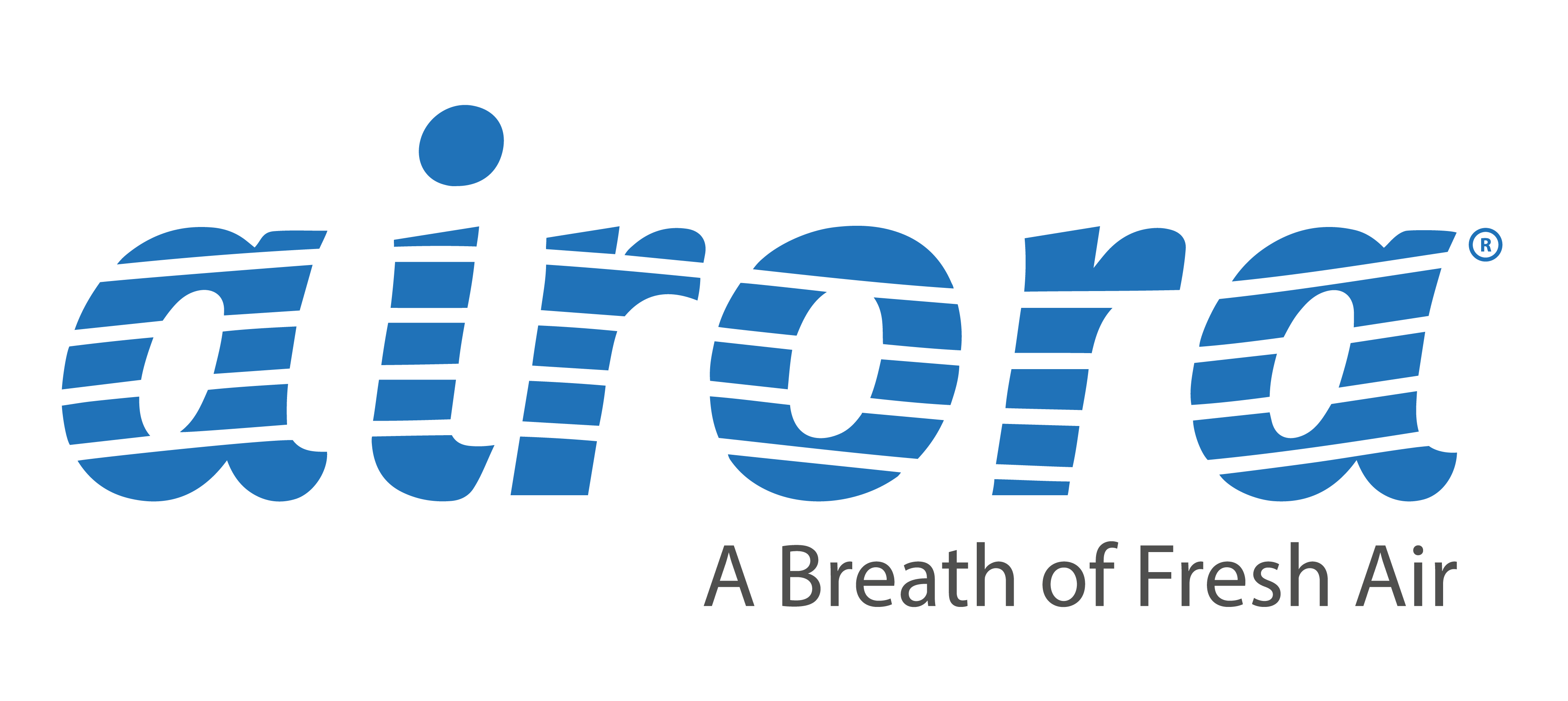Anti-Microbial Gas and Vapour
Dry Hydrogen Peroxide and Triethylene Glycol Gas
Dry hydrogen peroxide (DHP), created from ambient humidity and oxygen, is an established anti-microbial gas.
Triethylene glycol is also well established as a low toxicity, relatively mild disinfectant toward a variety of bacteria and viruses. However, at least some viruses, including Pseudomonas phage phi6 become more infectious when treated with triethylene glycol.
Both Dry Hydrogen Peroxide (DHP) gas and Triethylene Glycol vapour have been proposed as airborne anti-microbials for the reduction of pathogens, both in the air and on contacted surfaces.
Both, at an appropriately low concentration, are considered to be safe to use with people present.
Overall, triethylene glycol is generally considered to be a less effective anti-microbial than Hydrogen Peroxide.
Hydroxyl Radicals
Hydroxyl radicals, as created indoors by Airora, are naturally abundant outdoors and entirely safe for human beings. Hydroxyl radicals are the second most oxidative species after fluorine. Hydrogen peroxide is the fourth most oxidative species, being around 60% as oxidative as hydroxyl radicals. For both hydroxyls and hydrogen peroxide their oxidative potential is related to their effectiveness as an anti-microbial.
However, hydroxyl radicals’ higher oxidative potential is only part of the story.
Hydrogen peroxide gas molecules are randomly distributed throughout a space and might happen to encounter a pathogen thereby potentially destroying it.
Conversely, the hydroxyl radical cascade created by Airora distributes far more quickly throughout a space and is a condensing reaction that preferentially, not randomly, targets particulates such as bacteria, viruses and moulds.
It is this fundamental difference which makes Airora’s hydroxyl radical cascade a far, far more effective anti-microbial than either hydrogen peroxide gas or Triethylene glycol vapour.
And this difference is clearly reflected in the data.
Research Data
Dry Hydrogen Peroxide
The research paper ‘Evaluation of a Gaseous Hydrogen Peroxide Generating Device’1 compared the natural decay in live MS2 virus to the accelerated decay resulting from the introduction of dry hydrogen peroxide to the atmosphere (MS2 virus is a hard to kill surrogate for all types of virus and bacteria. The US CDC recognises that if a technology can kill MS2, it can kill all types of virus and bacteria without exception).
It found that while airborne MS2 naturally decayed by 74% in 60 minutes, after the introduction of dry hydrogen peroxide there was a modest improvement from 74% to 88% in the same time span.
However, dry hydrogen peroxide performed significantly better in the case of surface borne MS2, where the natural decay in 90 minutes was just 15% whereas with the introduction dry hydrogen peroxide accelerated the reduction from 15% to 84% in the same time span.
Unlike dry hydrogen peroxide and hydroxyls which are oxidants, triethylene glycol inactivates viruses and bacteria because it is very hygroscopic; it condenses on bacteria- and virus-containing particles until its concentration becomes sufficiently high to be germicidal.
The research paper ‘Inactivating Influenza Viruses on Surfaces Using Hydrogen Peroxide or Triethylene Glycol at Low Vapor Concentrations’2 compares the performance of triethylene glycol directly with dry hydrogen peroxide.
This research found that triethylene glycol, over a comparable exposure period, had a far lower decay rate of 0.33 log (~35%) reduction, compared to dry hydrogen peroxide with a decay rate of 3.6 log (~99.96%) reduction.
Hydroxyl Radical Cascade
Airora’s hydroxyl cascade technology is orders of magnitude more effective than either dry hydrogen peroxide or triethylene glycol.
|
Independently tested by the UK’s Public Health England laboratory at Porton Down, Airora’s technology was measured reducing high concentration, hard to kill airborne MS2 by 99.9999% in 5 minutes and surface borne MRSA by 99.9999% in one hour3. Compare that to dry hydrogen peroxide reducing airborne MS2 by 88% in one hour. |
|
You can find out all about Airora at airora.com
And contact us at support@airora.com
References:
- Evaluation of a Gaseous Hydrogen Peroxide Generating Device. Stephen Kujak, Paul Gerard Hoertz, Kathleen Owen. International High Performance Buildings Conference. Purdue University 2022
- Inactivating Influenza Viruses on Surfaces Using Hydrogen Peroxide or Triethylene Glycol at Low Vapor Concentrations. Stephen N. Rudnick, James J. McDevitt, Melvin W. First, John D. Spengler. Office of Aerospace Medicine Washington. 2009
- An Evaluation of a Novel Disinfection System Against MS2 Coliphage. HPA Report No. 40/06.
Copyright Airora 2023V 1.1
